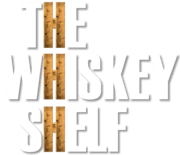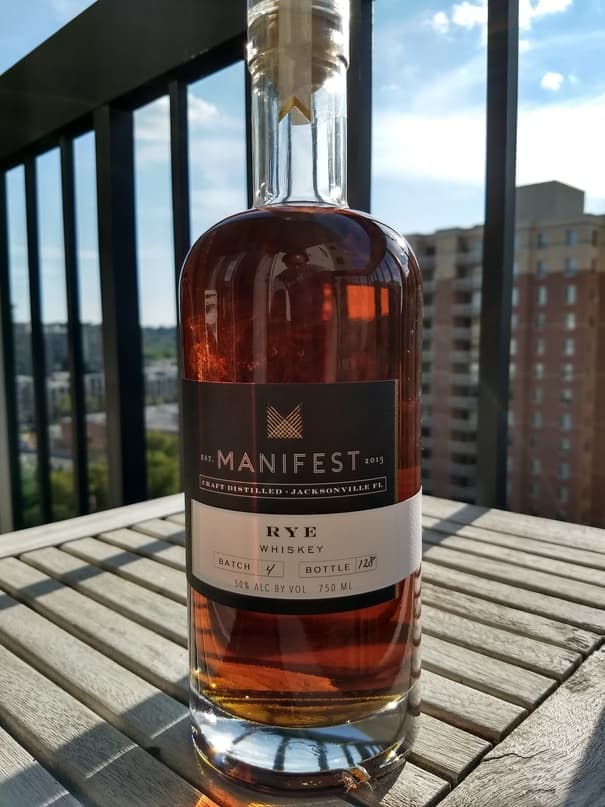
The craft distillery movement is booming. New distilleries are opening, and it seems like every week new products show up vying for our dollars and attention. With so many excellent offerings from the big companies, can craft distilleries compete with the big boys? In my opinion, yes and no. Craft distilleries face many daunting challenges, and as whiskey lovers, it’s good to be informed about some of them.
There's No Time Machine (Yet)
Until someone invents a time machine, craft distilleries will always be in a race against time. The big guys are firmly entrenched in the whiskey landscape, with decades to build up stocks of whiskey, the scale to release products with various ages, blends / single barrel, and mashbills, and the adoration of whiskey lovers everywhere. The small guys, starting from scratch, have to find ways to compete and make do with what they have until they have whiskey and a following, but that all takes time. It’s David vs. Goliath. Although older does not necessarily mean better, it can provide a frame of reference and potentially some assurance of quality.
(The big guys face a similar problem with time, but it manifests itself in different ways. That will be discussed in another article.)
The graphic below illustrates how much of a head start many large distillers have.
In this simplified example, the large distillery opened 16 years before the craft distillery, and has a 16-year head start in barreling whiskey. That advantage grows as time passes and more barrels are filled and whiskey ages. By the time the craft distillery begins barreling, the big distillery has significantly more and older barrels ready to go. In reality, big distilleries generally have a 50+ year head start, further amplifying the disparity.

Let’s use Heaven Hill as a concrete example. Heaven Hill was founded in 1935 and is currently known for brands such as Elijah Craig. It’s an award-winning brand that is offered as a small batch blend of around 8 to 12-year bourbons, 12-year cask strength, 18-year, and 23-year versions. Heaven Hill’s time advantage allows it to provide a variety of products across price and age ranges. Many, if not most craft distilleries have not even been in business for 12 years. They generally can’t compete head-to-head on age-stated products, so they must do something different. In fact, most craft distilleries shy away from placing age statements on their bottles. They may disclose it on their website as part of their story and to be transparent, but they tend not to draw attention to the age, and for good reason. There are some exceptions that will be mentioned below and in greater detail in a subsequent article.
Since I Don't Have a Time Machine, a Simulation Will Do
If we do a simple simulation, we can get a better idea of how drastic the difference can be. These are the following assumptions I’ll use to illustrate this scenario:
For simplicity’s sake, I assumed that barrel draw would be constant. In actuality, distilleries tend to draw more from the younger barrels (4-8 years) because they are more abundant and easier to replenish, and less from the older ones, especially those over 10 years-old.
The chart below is the outcome of the simulation and shows the enormous difference between a simulated big distillery and craft distillery. In the 20 years since the big distillery opened and 4 years since the craft distillery opened, the big distillery has thousands of barrels aging, waiting to be emptied when they’re at least 6 years-old, as well as over 1000 barrels that are at least 10-years old, and 30 that are 20-years old. The craft distillery, on the other hand, has 120 barrels, with the oldest ones only 4 years-old. They’re a smaller and younger operation, and it shows. On numbers alone, it looks like there’s no way the craft distillery can compete, but they somehow do.

What Can / Do They Do?
What they lack in volume of aged whiskey, craft distilleries have in the flexibility to do different things to separate themselves from the established competition. Craft distilleries have done some of the following:
– Unique mashbills: Create a rye whiskey that is 60% rye and 40% wheat, something rarely, if ever done (shown to the right, click for review).
– Different barrel sizes: Age whiskey in 32-gallon (or even smaller) barrels instead of the standard 53-gallon barrels. This increases contact between whiskey and wood to more quickly infuse wood flavors into the whiskey, mimicking longer aging.
– Grain sourcing: Locally source all grains, or even farm / estate-to-table for a more local experience.
– Business Strategy: Focus on a smaller, often local market to engage the community and build a following before expanding to surrounding areas.
Even by doing these things, whiskey still takes time to mature, so craft distillers must think about the best way for them to make money while the whiskey ages and find ways to sell product as soon as possible to pay for operations.
They almost always do one thing: sell younger whiskey. You’ll find that a lot of craft whiskey is < 2 years old. Every now and then you may find something 4+ years old from the more established craft distilleries.
They also can do the following:
1. While their own whiskey ages, sell unaged spirits such as vodka, gin, rum, and white dog (whiskey distillate before it’s put into barrels) that can be distilled, bottled, and sold immediately.
2. Focus primarily or solely on sourcing pre-made whiskey from another distillery such as MGP, based in Indiana. Barrell is a prime example of a company that does this well. They source all their whiskey but take additional steps to blend or finish those whiskeys prior to retail. Some might argue that this technically doesn’t even count as a craft distillery since no actual distilling happens. They might be more accurately called an independent bottler, like Gordon & MacPhail is for Scotch.
3. A mix of options 1 and 2. Source whiskey until their own whiskey is ready to bottle, and then either fully replace the sourced whiskey or blend the two. High West (formerly a craft distillery but now owned by Constellation Brands) did this with their Double Rye, blending sourced and homemade whiskey. Since 2018, they only use their own whiskey for the Double Rye. Many of their other products, such as Bourye, are still made from sourced whiskeys.
There is no one best option, just the one that distillery owners think is the best for them. Each of the three options is viable and there are numerous examples each one being successful. Option 2: Sourcing, is an especially interesting path. A subsequent article on craft distilleries will go into more detail about sourcing, why some companies do it, and more.
Craft distilleries are here to stay, but not all of them will survive. The successful ones will find the best mix of doing something unique and something traditional, selling something younger and something older, and ultimately sell a great product that people love.
Craft distilleries are here to stay, but not all of them will survive. The successful ones will find the best mix of doing something unique and something traditional, selling something younger and something older, and ultimately sell a great product that people love.


